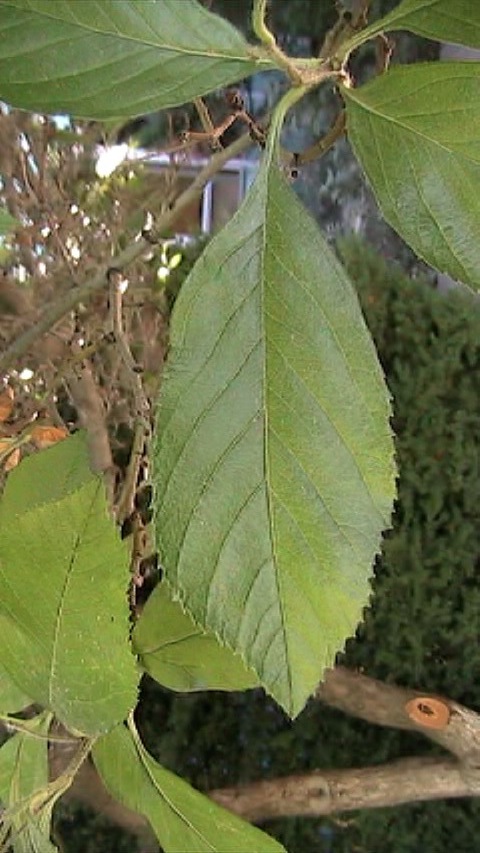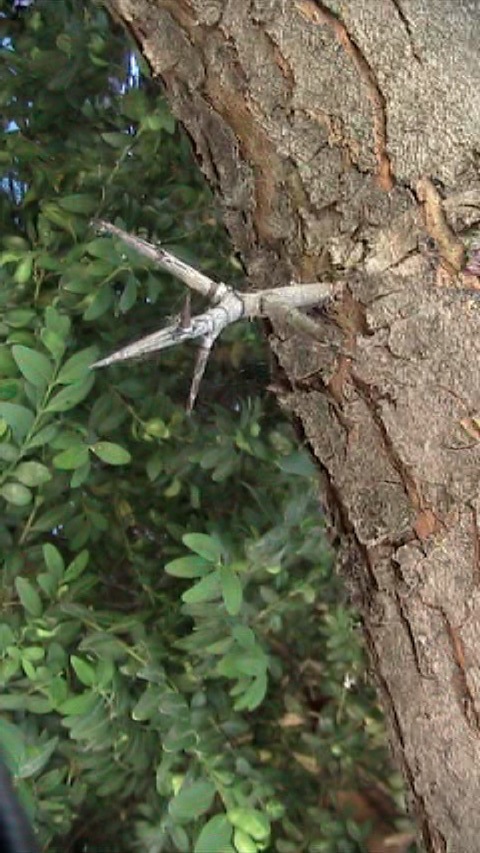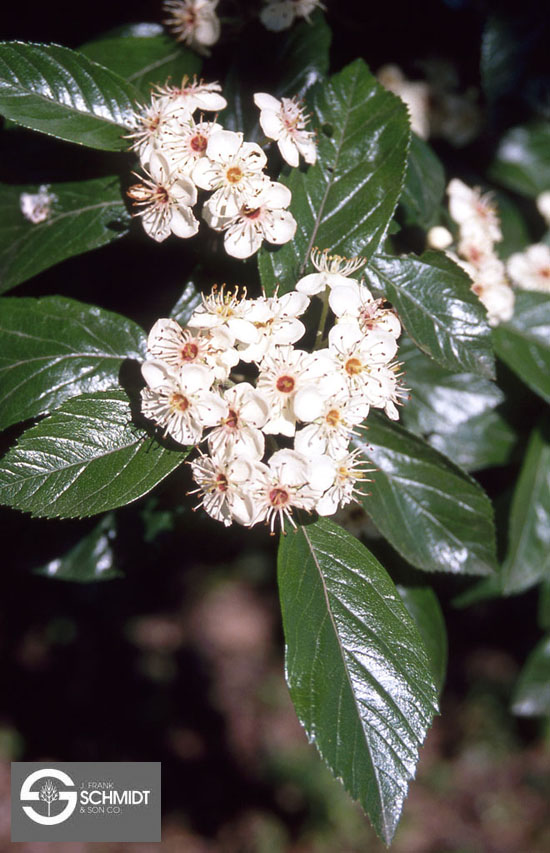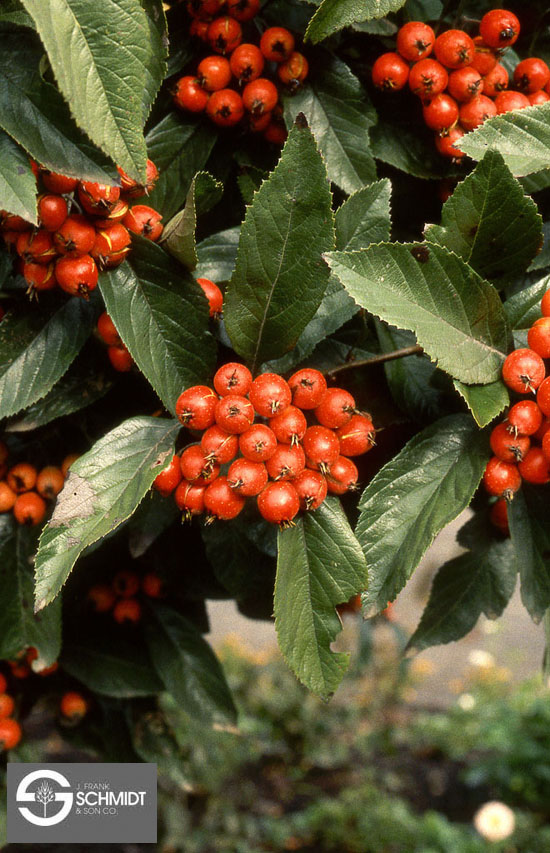| PSC 2620: Woody Trees and Shrub | Course Home | Week 7 |
Crataegus x lavallei - Lavalle Hawthorn
Plant Viewer
 |
 |
| The glossy dark green leaf of Crataegus x lavallei is 2-4 inches long and ovate to lanceolate in shape with a serrated margin. | The sharp thorns grow in groups. |
 |
 |
| Small clusters of white blossoms appear in spring. | The pome fruit is orangish-red in color and persistent. |
Plant Description
Crataegus x lavallei, or Lavalle Hawthorn, is a small flowering tree (20 feet tall and wide). It has a densely branched canopy and a rounded form. It grows slowly and has some of the largest thorns among Hawthorns. It grows under most any conditions and has proven itself remarkable hardy and tolerant. It has fewer thorns than other species of Hawthorns.
The leaf is a dark green, ovate to lanceolate in shape, 2-4 inches long. The margin is serrated on the top 1/2 of the leaf. The leaf is mildly pubescent on the top when it first emerges, but as it matures it becomes glossy on top and quite pubescent underneath. The leaves are arranged alternately on the stem. In fall the leaves turn a rusty red color in the fall which is quite good for a Hawthorn.
The small white blossoms appear in mid-spring on corymbs, 2-3 inches wide. The flowers are showy and stand out against the dark green foliage. Orangish-red pome fruit ripens in fall. It is 3/4 inch in diameter and persistent, providing some winter interest.
Landscape Use
It is excellent to use as a specimen or lawn tree. Because it has less thorns and good persistent fruit, this is the best Hawthorn species for use as a street tree or in a parking lot.
Points of Interest
It is susceptible to fireblight and leaf spot.